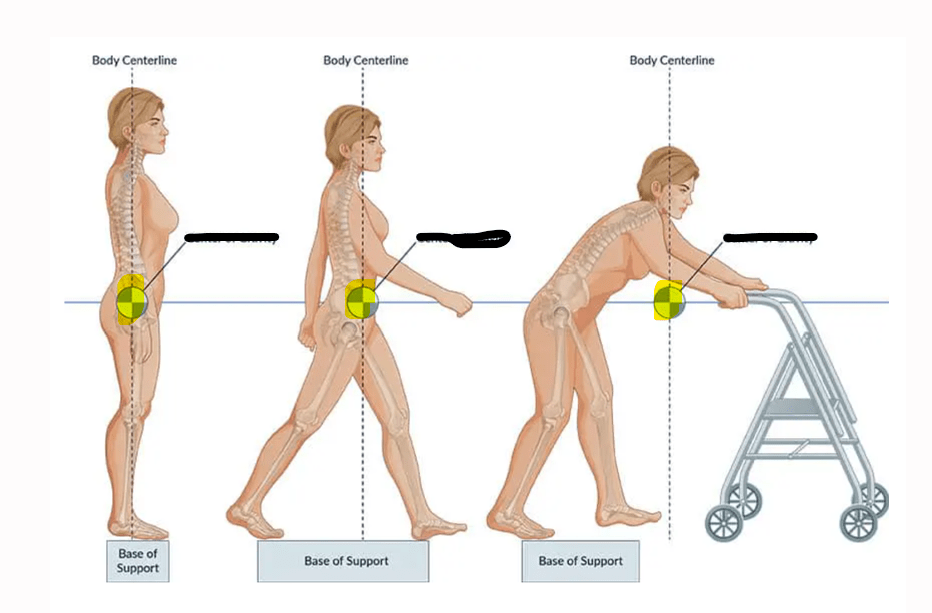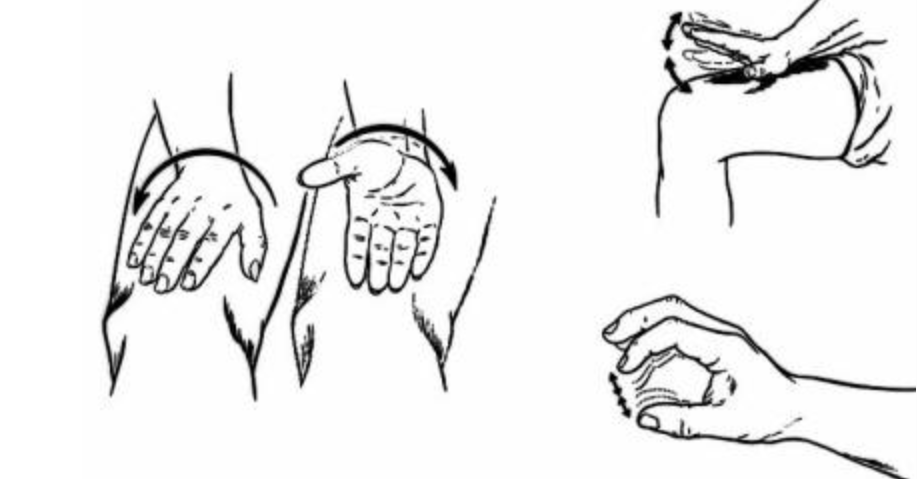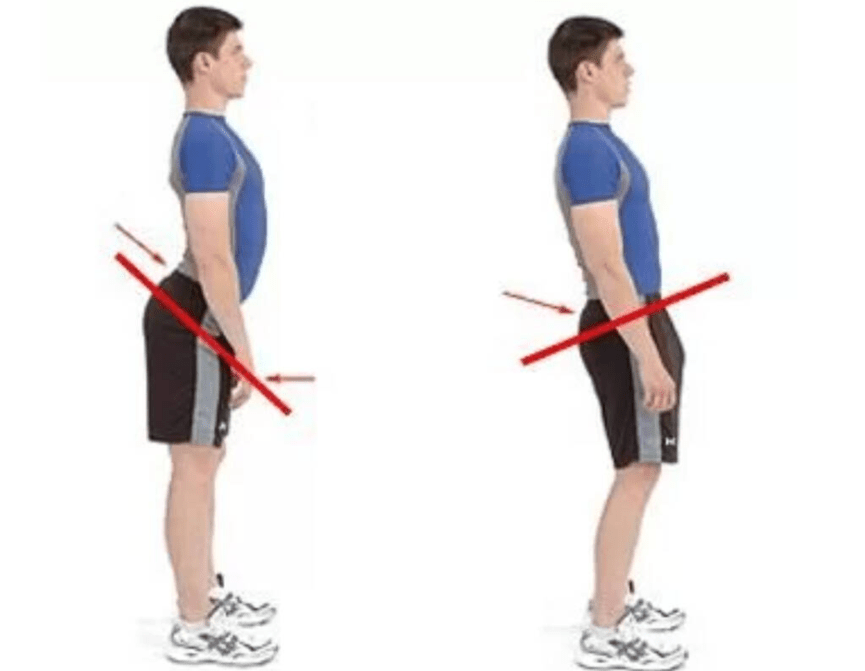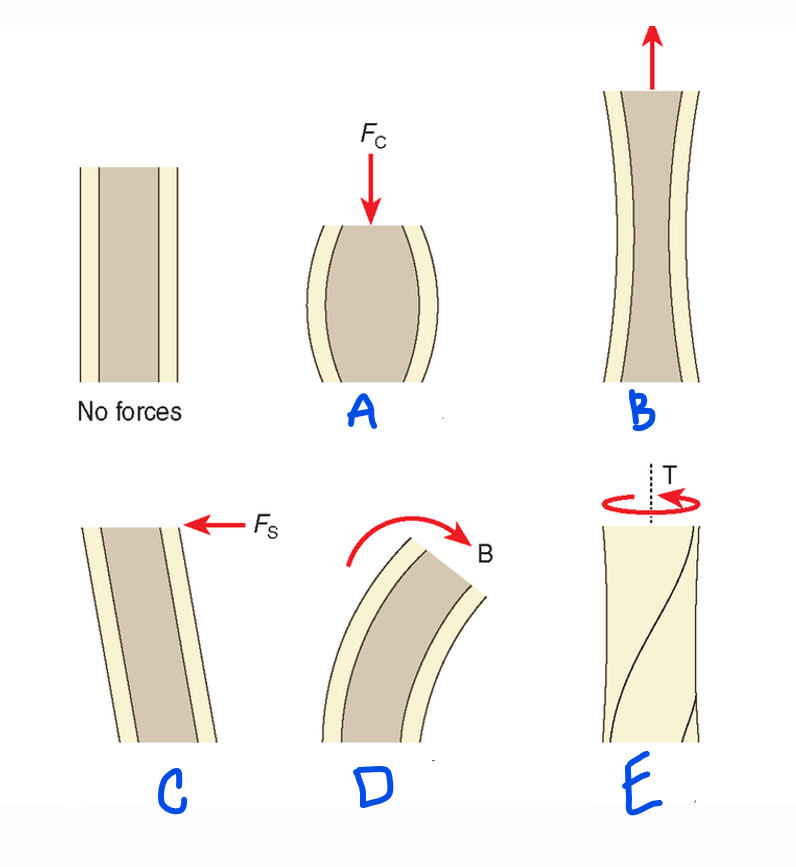This is the body’s sense of itself, the body’s awareness of its position in space and its movement through space.
Proprioception
Tinel's Sign and Phalen's Test are assessments to determine which injury?
Carpal Tunnel Syndrome
Poor _______ stability and posture will result in inefficient and uncoordinated activity of hands and arms.
Pelvic/Pelvis
The Biomechanical Frame of Reference is what type of an approach?
Remediation or Restoration
True or False:
It is not recommended to use heat to warm up muscular tissues before stretching.
False.
It IS recommended to warm tissues before any stretching. You should avoid stretching a "cold" muscle.
It IS okay to take a "cold" measurement with a goniometer.
Many therapists will take a before and after measurement to determine if intervention was successful.
True or False:
Generally, decorticate posturing is less severe than decerebrate posturing.
True
If the Babinski Reflex is positive, it indicates Upper or Lower Motor Neuron damage?
Upper Motor Neuron
Common disorders with a positive sign may include ALS, MS, and other neurodegenerative diseases.
Highlighted in yellow, what is seen shifting as the patient stands, walks, and uses a rollator?
Center of Gravity
This Compensatory and Adaptation approach is helpful in capitalizing on the client's abilities.
Rehabilitation/Rehabilitative Approach
Your patient reports sleeping on their arm "weird" and now a portion of their forearm, ring finger, and pinky are numb and "prinkly." Which nerve may have been compressed during sleep?
Ulnar Nerve
*Some people love to sleep with their elbows flexed. People who often wake up with numb hands/forearms may be compressing their ulnar nerve as they sleep. An easy remedy is to recommend the patient roll a beach towel around their elbow when they sleep to prevent them from flexing it.
***Daily Double***
A ______ impulse directed a muscle to contract and a _______ impulse directs a muscle to relax.
Faciliatory and Inhibitory
Impaired rapid alternating movements are also known as ____________.
Dysdiadochokinesia
Pronounced: duhs·dai·a·duh·kow·kuh·nee·zhuh
What are 4 types of sensory input that impact posture and balance?
Visual, vestibular, tactile, and proprioception
***Daily Double***
This Frame of Reference has been shown to be beneficial to patients with neuromusculoskeletal disorders, such as ALS, MS, and Muscular Dystrophy.
Occupational Adaptation Practice Model
Moving a patient up in bed without the proper positioning or equipment can cause what type of force injury?
Shearing
Wrist drop is associated with damage to which nerve?
Radial Nerve
What type of pelvic tilt is seen on the left? The right?
Anterior (Left)
Posterior (Right)
A patient with an elective knee replacement may require a combination of Frames of Reference. Which Frame of Reference would focus on exercises, stretches, strengthening, and endurance as part of the intervention?
Biomechanical
What is the safest method for bending?
Squat Bend (Trunk Vertical)
Carpal tunnel is associated with compression of which nerve?
Median Nerve
This part of the brain helps regulate balance.
Cerebellum
What is an example of a Fall Risk Assessment?
TUG Test
Timed Get Up and Go
While working at a nursing home, you note that your patient responds best to immediate success to maintain motivation during therapy sessions. You may want to consider using which Frame of Reference to build your approach & intervention?
Rehabilitative/Rehabilitation
Name the Forces
A) Compression
B) Traction
C) Shear
D) Bend
E) Twist